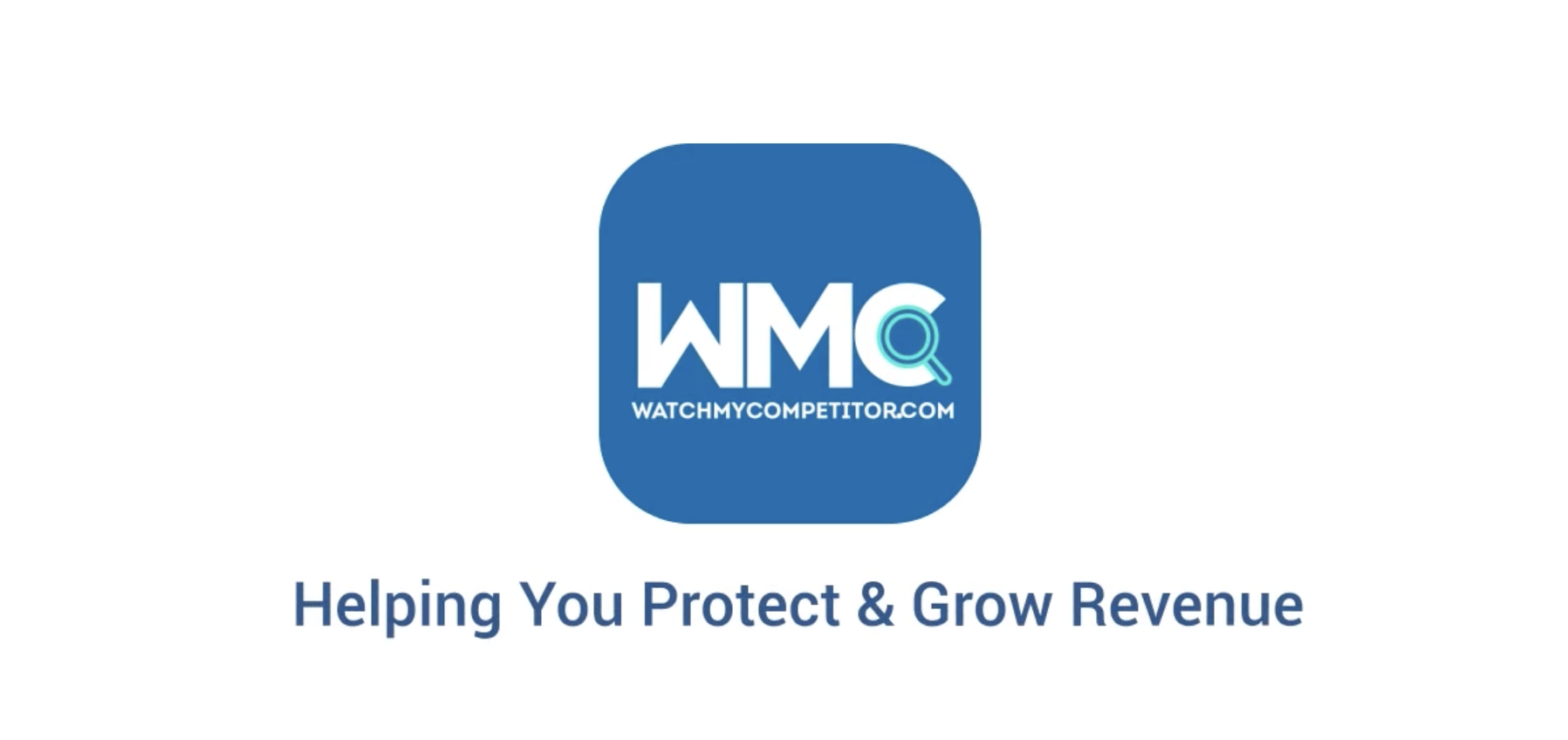So what is a digital footprint exactly? You may have heard of this term recently. In fact, almost one in two people have searched for information about themselves online – an increase from almost one in four just five years ago.
It’s also common practice for employers to research a candidate’s digital footprint before progressing with an application. The majority have rejected a candidate based on what they’ve found online.
Someone’s digital footprint affects their reputation, which can enhance or restrict opportunities depending on the nature of what’s found.
But the same principles apply to organisations. Every brand has a digital footprint that impacts its reputation and prospects.
In this article, we’ll examine in-depth what is a digital footprint from a company perspective, understand why it’s important to take control of it, and clearly lay out the 7 primary steps required to track it effectively.

So What Is A Digital Footprint?
In a corporate environment, a digital footprint refers to every trace of an organisation online. These traces are data points, some created by the organisation itself and some by others.
It can encompass data from websites, social media accounts, news articles, blog posts and customer reviews. Just like footprints in the sand, your digital footprint leaves an impression that can be tracked, understood and owned.
Owning your digital footprint refers to influencing what is being said about your organisation online so that you can manage your brand reputation. Once you understand your existing digital footprint, you can identify ways to shape and improve it.
The Importance Of Tracking Your Digital Footprint
Understanding and owning your digital footprint is vital for effectively managing your brand’s online reputation and staying ahead in today’s competitive business landscape.
The majority of business interactions and customer engagements occur online. Your digital footprint represents your brand’s entire online presence, encompassing websites, social media profiles, online reviews, news articles and more. It plays a big role in how you’re perceived and how people think, feel and talk about you.
By tracking, understanding and owning your digital footprint, you should be able to:
A) Manage your brand reputation
Your brand’s reputation is one of its most valuable assets. By actively monitoring your digital footprint, you gain insight into how your brand is perceived, what customers are saying about you, and how you can shape your online image. Failing to track and manage your digital footprint leaves your brand vulnerable to negative reviews, false information, or damaging content that can harm your reputation and erode customer trust.
B) Analyse your competitors
While tracking your digital footprint is about your business, one of the most valuable ways you can use the intelligence is to make comparisons with your competitors. By tracking your digital footprint alongside your competitors’ digital footprints, you’ll have greater context with which to analyse your own and gain rich insights into their strategies and tactics.
It can help you benchmark your performance and identify strengths, weaknesses, threats and opportunities.
C) Understand and target audiences more effectively
Tracking your digital footprint helps you understand your audience better. By analysing data on content performance, engagement metrics and audience preferences, you can develop a clearer understanding of who you are.
From there, you can create targeted marketing strategies that resonate with your audience. This enables you to create compelling content, engage with customers on the right platforms and deliver personalised experiences that drive customer loyalty and conversions.
D) Crisis detection and mitigation
Your digital footprint serves as an early warning system for potential crises and reputational risks. By actively monitoring conversations, customer feedback and industry trends, you can identify negative sentiments or emerging issues before they escalate. This allows you to implement proactive measures, develop crisis management strategies and respond swiftly to mitigate damage to your brand’s reputation.
E) Data-driven decision-making
Owning your digital footprint empowers you to make data-driven decisions. By using analytics and insights from your digital presence, you can optimise marketing campaigns, allocate resources effectively and identify growth opportunities. Data-driven decision-making ensures that your actions are grounded in real-time information, leading to more effective strategies and better business outcomes.
F) Identify ways to keep improving
By tracking and understanding your digital footprint, you gain visibility into what is working and what needs improvement. This information allows you to adapt your strategies, refine your messaging and optimise customer experiences. It enables you to iterate, learn from feedback and stay agile in an ever-evolving digital landscape.
G) Protect your brand
Tracking your digital footprint helps safeguard your brand against online threats, such as phishing attacks, impersonation or unauthorised use of your brand assets. By actively monitoring and protecting your online presence, you can maintain brand consistency, protect customer trust and ensure that your brand’s identity is not compromised.

How To Track Your Digital Footprint
Here are some key considerations when planning to track and own your brand’s digital footprint.
1) Choose a competitive intelligence platform
While you could track your digital footprint manually, advancements in AI technology mean that the fastest, easiest and most effective method is using software. A competitive intelligence platform will track every publicly-available online source, ensuring you build a clear and complete picture of your digital footprint.
There are a few platforms to choose from in the market. Look for those that offer the best features for your exact needs, such as real-time data gathering, analysis by market experts and daily alerts.
2) Define your tracking objectives
Identify your specific tracking objectives and key performance indicators (KPIs). Determine what aspects of your digital footprint you want to monitor, such as social media engagement, website traffic, sentiment analysis or competitor analysis. Clearly define your goals to ensure you track the right metrics and gather meaningful insights.
3) Set up customised tracking
Configure your competitive intelligence platform to track the specific digital channels and sources relevant to your brand. This may include setting up keyword alerts, monitoring specific websites or social media accounts, or tracking mentions of your brand or industry keywords.
This process is often supported or carried out on your behalf by the account manager or market analyst assigned to you by your intelligence platform.
4) Starting tracking your digital footprint
Use your competitive intelligence platform to monitor various online channels where your brand has a presence. This includes websites, social media platforms, review sites, forums and news outlets. Track customer interactions, mentions, reviews and news articles related to your brand.
By tracking both owned channels (your website, social media profiles) and earned channels (mentions, reviews) you’ll gather a comprehensive view of your digital footprint.
5) Analyse & interpret data
Use the data and analytics provided by the competitive intelligence platform to gain actionable insights. Analyse engagement metrics, sentiment analysis, customer feedback, and competitor performance to identify trends, opportunities and areas for improvement.
Look for patterns, emerging issues and areas where your brand can differentiate itself from competitors. If your CI platform provides a market analyst, they’ll curate the most relevant insights for you, saving you a lot of time and effort. They’ll also produce reports that analyse findings, enabling you to make data-informed decisions.
6) Respond & engage
Actively engage with your audience and respond to customer feedback, mentions and reviews. Use the insights gained from tracking your digital footprint to shape your responses, address concerns and build positive relationships with customers. Promptly address any negative sentiment or issues to maintain a strong online reputation.
Owning your digital footprint means acting on the intelligence you gather in order to shape how people think, feel and talk about you.
7) Iterate & optimise
Continuously monitor and track your digital footprint to track the effectiveness of your strategies and initiatives. Your gathered intelligence will enable you to identify areas for improvement, refine your content and messaging and optimise your marketing efforts. It’s also worth revisiting your tracking objectives and adjusting them to align with any changes to business needs or market trends.
FAQs Regarding What Is A Digital Footprint
How long do digital footprints last?
Digital footprints can last indefinitely as data remains accessible on the internet unless deliberately removed or outdated. It’s important to regularly monitor and manage your digital footprint to ensure accurate and up-to-date information about your organisation.
Can individuals have a digital footprint too?
Yes, individuals also have a digital footprint. It consists of their online activities, including social media profiles, blog posts, comments and any publicly available information. Managing your personal digital footprint can be important for personal branding and reputation management.
Are there any privacy concerns associated with digital footprints?
Yes, privacy concerns can arise from digital footprints, particularly if personal or sensitive information becomes publicly available. It’s crucial to be mindful of the data you share online and take appropriate measures to protect your privacy, such as adjusting privacy settings and being cautious about what you post.
How can businesses use their digital footprint for marketing purposes?
A business can use its digital footprint to gain insights into audience preferences, engagement metrics and content performance. This information helps shape targeted marketing strategies, create compelling content and deliver personalised experiences that resonate with customers, ultimately driving brand loyalty and conversions.
Can a negative digital footprint be repaired?
While it may be challenging, a negative digital footprint can be repaired through consistent efforts. This includes addressing negative reviews, responding professionally to feedback, providing accurate information and actively engaging with customers to rebuild trust. Over time, positive actions and reputation management strategies can help repair a negative digital footprint.








